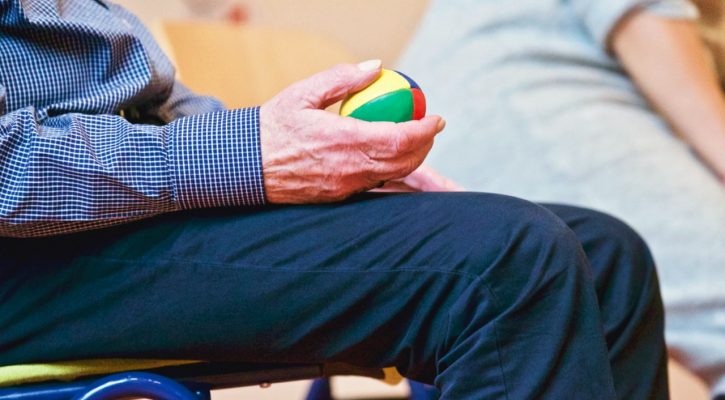
How to Recover From Illness and Injury
July 19, 2021
The definition therapy by most contributor think is treatment of a health problem which involves the process of exploration and investigation of symptoms and causes through the eyes and point of view of the patient. Therapy also involves the sharing of understanding and relatedness as well as the sharing of experiences, and speaking of solutions which tends to facilitate recovery or what is commonly known as rehabilitation.
Two important parts of therapy are:
intervene ( counseling) during the process and recovery ( reintegration) afterward. Through counseling your child undergoes changes in physical, emotional, and relation life to;
intervention (talk therapy) during the process and rehabilitation (get back to their roots, recover their health, shape their personality) afterward.
Types Of Therapy:
There are various types of therapy incorporated into the therapeutic approach. They are:
Buildingroup Credibilityitthe principle that exists between the client and the counselor. In other words, the counselor needs to be sympathetic and appropriately empathetic to the clients needs.Building blocks theorywhich states that the client makes up his or her own problems and issues. It also explains that problems are always external to the client. For example, your partner may not be able to help changing your eating habits when faced with problems at home. In such cases, the client may have to seek help from a counselor to discuss how to share responsibilities in the relationship.
Conduct modification.
The goal of this technique is to help people to clarify their attitudes toward self and others by helping them modify their behavior. This addresses people’s resistance to change and may result in less behavioral change and, therefore, less change in the condition of the person.
Try High Quality Kratom
If therapy is not working to relieve pain you may want to try Kratom. Be sure to only order high-quality kratom such as Red Hulu from Krabot.
Empowerment therapy.
This technique is focused on the client’s self image, self-efficacy, and goals. The client uses techniques like role playing and creative writing to identify ways in which they can advance their self image and self efficacy. The momentary setbacks, encouragement, and rejection are met with empathy and honor. The client also learns to identify the obstacles in their path and learn to deal with them effectively.
Rehabilitation treatment.
Part of the process of recovering from illness and injury includes the client’s acknowledgment of the illness and willingness to participate in the treatment. During this process the client learns to adapt to changes in their life. They develop resilience. They also return to a higher quality of life.
What can you do?
Re admission. You should never feelppel chanted at the beginning of therapy. If there has been a difficult experience in the past, it is best to return to an earlier time when the trauma was less.
Re ligulate. There may be a need to use splint or crutches during the early phases of rehabilitation.
Re do. For those who are low mood set up a calendar and day of the week that will trigger a hike. Aim to progress 3 days at a time.
Re cyt. Positive thinking contributes to healing. It also assists in discovering and releasing old feelings.
Reces MORE stress. Encourage your client to talk at length about the early concerns that have been holding them back. It is more helpful to talk about these issues at length one on one. Alternately direct yourbrooding partner to talk.
Reform retriever. Seek help from a professionalProcess Makers(TM) to assist with decision making. The PMs work with the client to new relevant information while you concentrate on yourrepair job.
